If you’re a fashionista who loves spending time in shopping malls, you’re not gonna be very happy in Acajutla, or even in cities like Sonsonate or Santa Ana. But San Salvador, the buzzing capital—it’s got pretty much everything you could want. The city’s packed with options, and its crown jewels are the shiny shopping malls like Multiplaza and Galerías. Inside Multiplaza, you’ll spot big international names like Zara, Pull & Bear, Bershka, and even sporty brands like Nike. A trendy pair of jeans? Easily $40-60. Sneakers? Starting at $70. Those prices feel pretty close to what you’d pay in Europe or the US. These places are sleek—think glossy floors, bright lights, and air-conditioned fitting rooms.
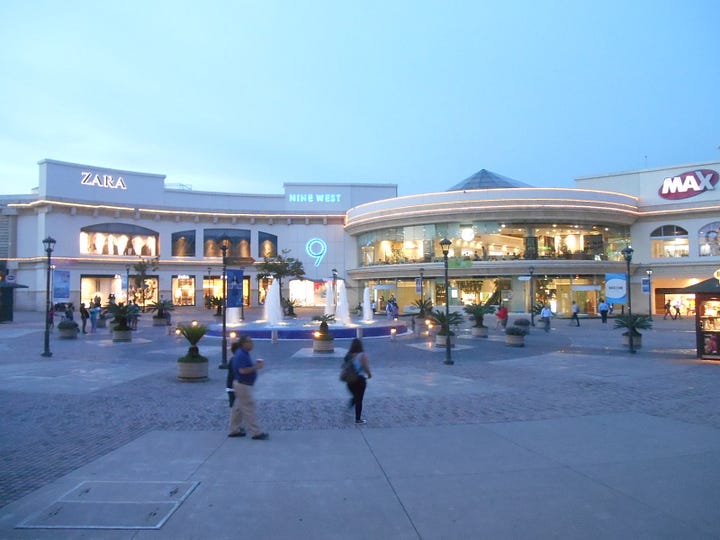

But if you’re after something unique or cheaper—especially if you’re among the less well-off—dive into the Mercado de Ex-Cuartel (also called Mercado Sagrado Corazón). It’s organized chaos: piles of second-hand clothes from the US (called paca), colorful traditional huipiles with intricate embroidery, and vendors flashing smiles while offering T-shirts for $1-2, maybe $2-5 for something a bit nicer. The stock’s a gamble—one day you might snag a vintage Levi’s, the next you’re digging through faded band tees. It’s a wild mix of luxury and grit, depending on where you look.

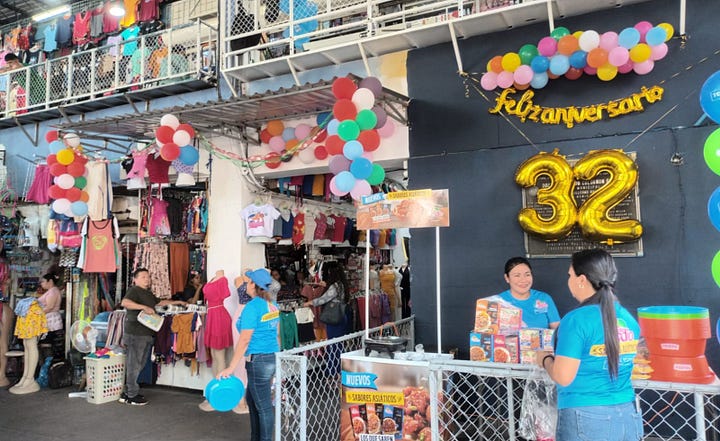
Step outside San Salvador, though, and clothing shopping flips to a different vibe. The big international chains vanish, though shopping centers like Metrocentro are popping up in cities like Santa Ana and Sonsonate, offering a decent but limited experience—you won’t find the Western brands like Zara there, just local department stores or smaller chains. Sure, there are cute little boutiques scattered around, but most middle-class folks make a few yearly pilgrimages to San Salvador to stock up for the season. For the less well-off, it’s all about the Mercado Municipal and tiny shops near the town center. Picture a maze of narrow alleys, stalls overflowing with used clothes (mostly US imports) and local staples like cotton tees and work pants. A T-shirt goes for $1-3, a pair of pants maybe $5-8—perfect if you’re on a budget. You’ll also find traditional gear like woven skirts or simple sandals, often handmade by local families. No fancy fitting rooms here—you hold the item up to yourself while the vendor cheers, “¡Queda perfecto!” It’s not about high fashion or the latest trends; it’s all about practical, affordable stuff with a down-to-earth feel.
The contrast is clear: San Salvador’s got range, from pricey brand-name gear to market steals, with an eye on variety and style. Everywhere else keeps it basic and cheap, focusing on function and local trade. Need a party outfit? San Salvador’s your winner. A sturdy work getup? The smaller towns and cities have got you covered. That said, if you’ve followed my blog, you know I got married here in a $15 Shein dress—so honestly, I couldn’t care less about fashion shopping anymore. Back in Belgium, I loved hitting the stores, even splurging on a designer piece now and then. Here? That urge is gone. Maybe it’s because looks just don’t matter as much in El Salvador—people aren’t nearly as hung up on appearances or showing off.
Groceries and Beyond: A Familiar Yet Cheaper Twist
When it comes to groceries, things start feeling a bit more like the West—at least in terms of what’s available. We live in Acajutla, a small coastal town that’s like a Belgian village. For veggies and fruit, the market’s your best bet. It’s open daily from early morning till around 2 or 3 p.m., and you’ll find the freshest picks for next to nothing: a bunch of bananas for $0.50 or half a kilo of tomatoes (about a pound) for $0.75. Dirt cheap and delicious.
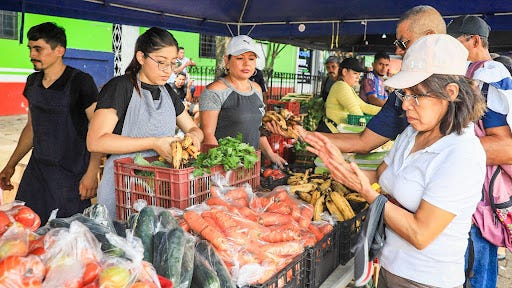
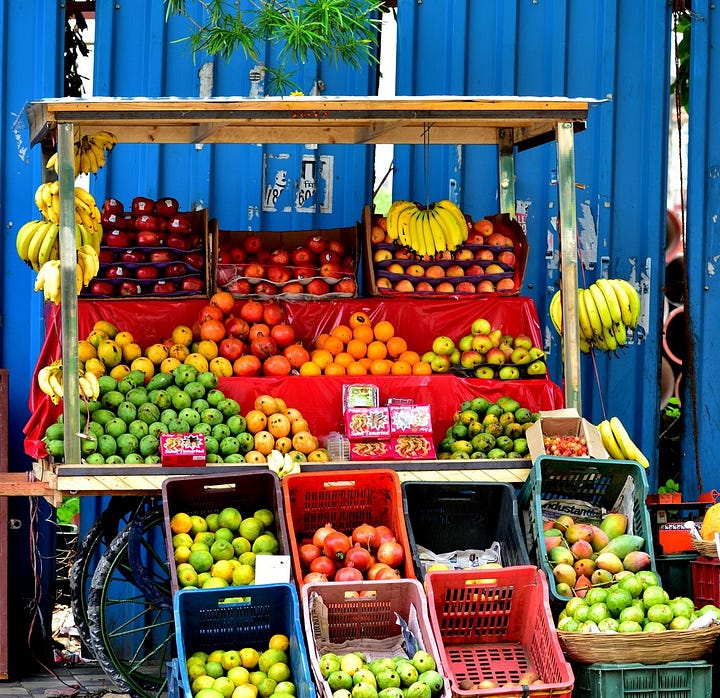
For the rest, we hit up Despensa Familiar—think of it as El Salvador’s Aldi—or Super Selectos, the local Carrefour equivalent. Both are right here in Acajutla. Super Selectos is the fun one, though—it’s part of a little “shopping square,” a common setup in El Salvador. There’s a big parking lot, a pharmacy, a bakery (where you can get cakes and pastries but no bread—bread comes from the supermarket or the bike vendor cruising the streets), a Pizza Hut, a coffee spot, an ice cream joint, our beloved China Wok for a fast-food lunch, and the gem of the bunch: Dollar City. That last one’s become my favorite store. It’s like Belgium’s Action, but a notch up in quality and way more fun to browse. You’ll find everything—kitchen gadgets, toys, pet supplies, decor—all for $1, $2, $3, or $4. It’s a treasure trove. Oh, and butcher shops? They don’t really exist here. We get our meat at Super Selectos—the quality’s way better than what Despensa offers.

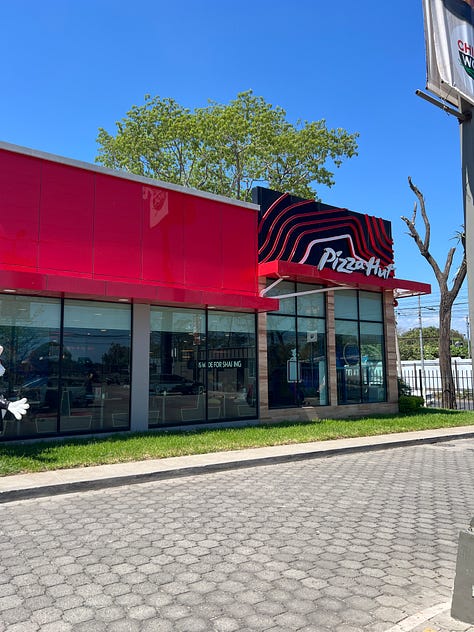

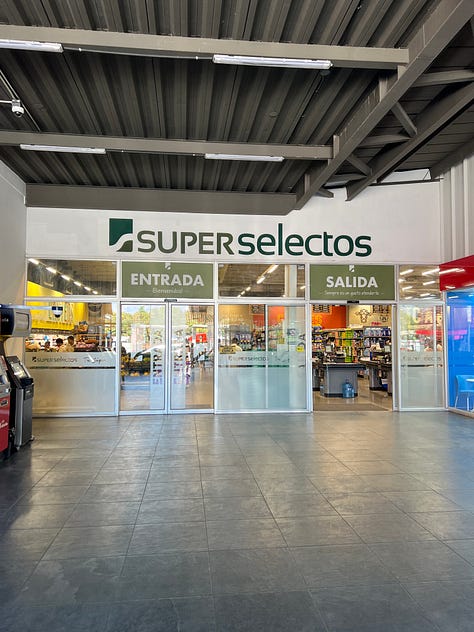
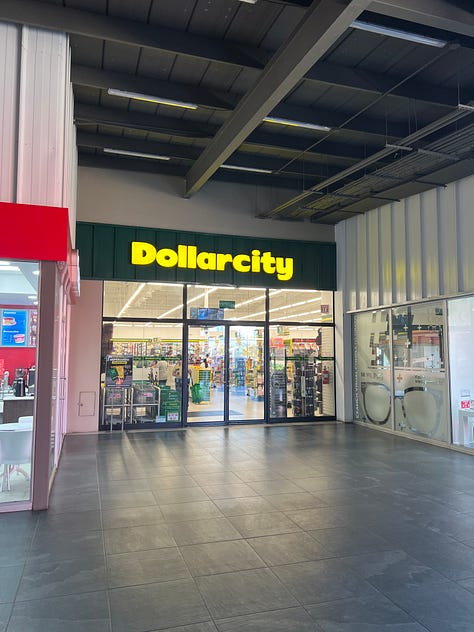

For DIY and bigger grocery hauls, we head to Sonsonate, a 20-minute drive. Sonsonate’s got solid hardware stores like Ferretería Freund and Lemus—big places stocked with everything from hammers ($5 or so) to paint ($15 a liter)—way more than just small corner shops. Plus, there’s Maxi Despensa, a step up like a Maxi Carrefour but still 30-40% cheaper than Belgium. We even snagged our washing machine and fridge there.
The big difference with Belgium? Price. Compared to a place like Colruyt, Super Selectos is about 30-40% cheaper. Dispensa Familiar goes even further, clocking in at 40-50% less. All in all, shopping here’s got a familiar rhythm—supermarkets, markets, the usual—but the savings are unreal. It’s practical, affordable, and honestly, a lot more laid-back than the West. Whether it’s a $1 T-shirt or a pile of fresh mangoes, El Salvador keeps it real—and keeps your wallet happy.





